The Scottish Gliding Centre is in the heart of the Kinross-shire countryside, just 30 minutes’ drive from Edinburgh.
We have almost 200 members and our club is one of the oldest in the UK, having been created by the amalgamation of several local gliding clubs in 1938.
We moved to our current site on the shores of Loch Leven in the 1950’s and have facilities for visiting pilots and members including bunkhouse accommodation, campsite and café.
Some club members hold a significant number of UK records for speed and distance and the site is nationally recognised as one of the premier soaring centres in the UK. We welcome visits from glider pilots from across the globe and have a full learn to glide programme for those who want to experience the exhilaration of flight.
Absolute beginners, novices and experienced glider pilots can all find a home at the Scottish Gliding Centre.

Depending on the weather you might experience hill lift, soar in thermals, fly in “wave” or simply float down from an aerotow (up to about 2,500 feet).
Either way, it is the experience of a lifetime floating quietly and effortlessly above some of Scotland’s most spectacular countryside. Typically you can see the local hills, the Ochils and Loch Leven.
Just about anyone can glide. In terms of medical requirements for solo flying, if you can drive a car you can fly a glider. Even if you can’t drive a car you may be able to fly a glider: the minimum age for flying solo is 14. There is no fixed upper age limit. The weight limit is about 102 kg or 16 stone, and unusually tall or short people might not fit safely and/or comfortably in a glider.
For wheelchair users and those with other disabilities there is a flourishing club called Walking on Air which is based on our site and uses specially adapted gliders. Some medical conditions or medication would prevent solo flying but you might still be able to fly with a safety pilot. If you’re uncertain whether you’d be able to fly just get in touch with us (see Contact).
Gliding is one of the cheapest forms of flying, with an hourly cost well under half that of powered aircraft training. For details of the costs, please see the Tariff. If you are starting from scratch it’s quite expensive while you’re learning, as you need to fly regularly and may have several flights in one day. Once you’re a solo pilot it gets a whole lot cheaper, especially if you buy a share in a glider of your own. In club aircraft the cost depends on how long you’re airborne. An average training flight costs in the region of £30 and most people take 40-80 flights to achieve solo standard, typically spread over 6 months to a year. There is a huge amount of variation, depending on how old you are (younger pilots tend to learn faster) and how frequently you fly (you learn much faster if you fly regularly). If you come on one of our week-long summer courses you’ll probably save yourself a lot of time and money in training.
That’s fine. You can buy a voucher for an Air Experience Flight or, for a more substantial taste of how gliding works, a half-day Mini Course. There may be a bit of a waiting list as these options are very popular and we are at the mercy of the weather.
A glider flies just the way any other plane does: the wings provide lift to keep it airborne. The controls – elevator, ailerons and rudder – are the same as for any aeroplane. A glider has to fly downhill all the time because it doesn’t have an engine pulling it forwards – much like a bicycle freewheeling downhill.
For a glider to go upwards it has to fly in rising air, or “lift”, and that’s where the fun starts. Gliding is all about reading the sky and seeing where the rising air – free energy – is. If you get good at this you can go surprisingly long distances surprisingly fast. Some of our members regularly fly 100s of km across Scotland at average speeds of over 100 kph. Here are some photos of a nice 425 km cross country flight around Scotland.
If you want to know more about how gliders fly and soar, there are loads of excellent reference materials.

We welcome experienced pilots as well as absolute beginners and you’ll find we have something for everyone.
